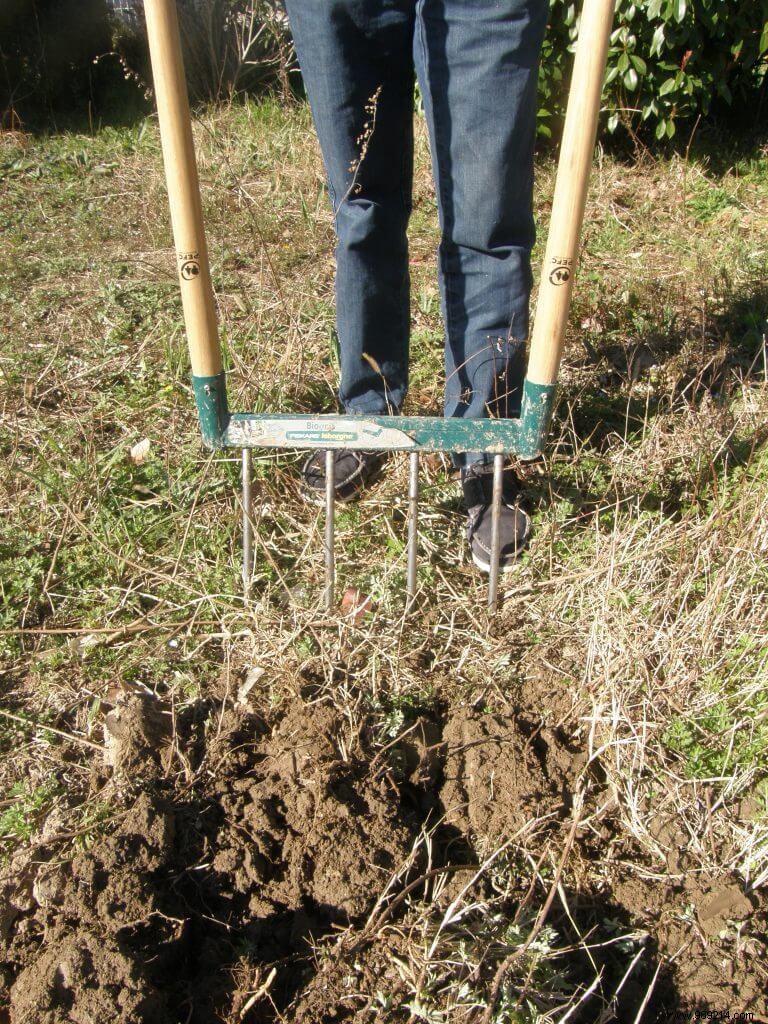Permaculture is a culture process, or rather a set of processes that wants to get as close as possible to nature. But it is also a way of thinking.
Permaculture, which can be understood by permanent culture, applies everything that nature does so that we, human beings, can have sustainable agricultural production. We are not talking here about sustainable development, which is a formidable oxymoron. In other words, permaculture is how to make the best use of nature in order to obtain optimal agricultural production. Of course, it's also a state of mind.
Permaculture takes into account the interactions between the environment and the plant, between the ecosystem and the plant. These are the relationships between soil, climate, plants, living beings. We cultivate by respecting the cycles and interactions in the environment, rather than modifying the environment to cultivate. It is still a big difference with the so-called traditional culture.
The three fundamental principles are:caring for nature, caring for people, sharing fairly. This last point highlights ethics. We do not cultivate to produce, but to produce and share equitably.
If a plant grows well in a place, the place is suitable for it. Therefore, observation of the environment is essential. In a garden, you have to accept that not everything can grow. On the other hand, other plants will do wonders.
The most effective, richest natural ecosystem is the forest. Several layers compose it. Large trees, smaller trees, bushes, tall, medium, low, creeping herbaceous plants... How to apply the principles of permaculture in your garden?

A guideline, biodiversity. She must be rich. For this, the number of plant varieties, cultivated or natural, must be large. It naturally follows an increase in the number of animal species, and therefore the populations manage to self-regulate. When an animal population takes over the whole, there is an imbalance.
To promote biodiversity, there will be no chemical inputs, and even a limitation of biological inputs. And we refrain from turning the soil (ploughing) which destroys the natural layers of the soil and the microbial life it contains. The establishment of forest strata is to be preferred. This is easier to do in large spaces than in small gardens. Nevertheless, a mixed hedge, one or two trees, shrubs, perennials, staggered flowering, provide an area where a large number of vegetables and small fruits can grow.
Protection of nature, protection of humans too. Make work less arduous, reduce it too, trust nature, respect the seasons, accept certain hazards, observe, reflect before acting on the consequences of the act envisaged... This can change our vision of nature, of culture, of this damn excessive production. And if overproduction happens, there is sharing, giving, another great principle of permaculture.
It's up to you to put it into practice.